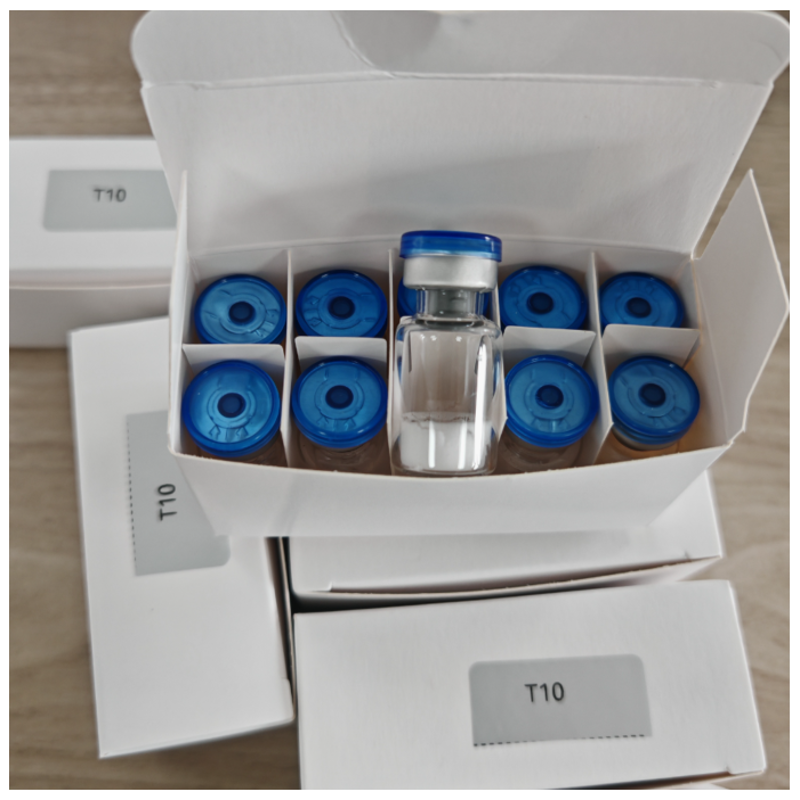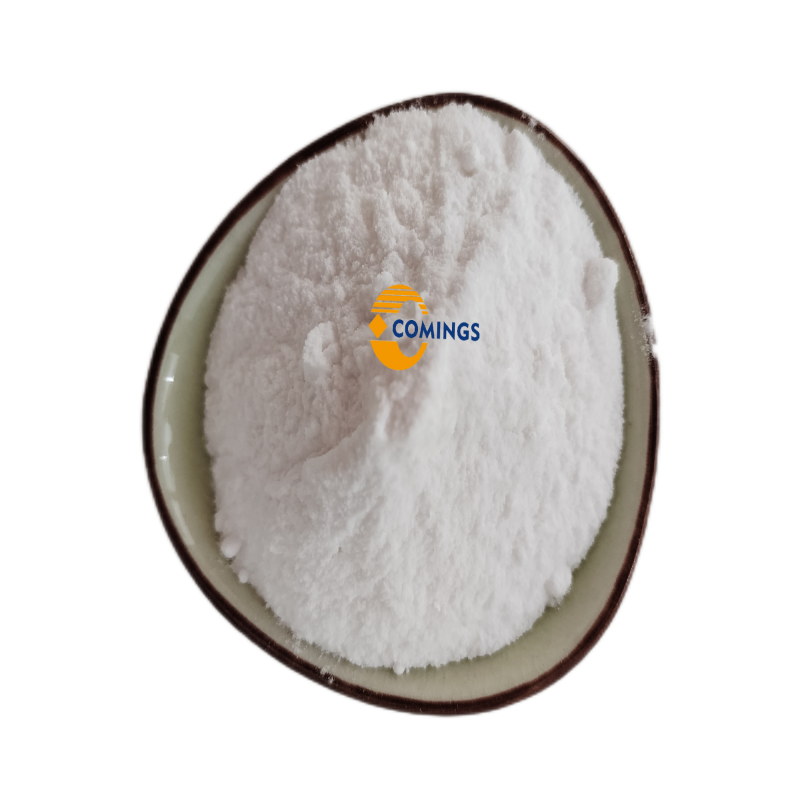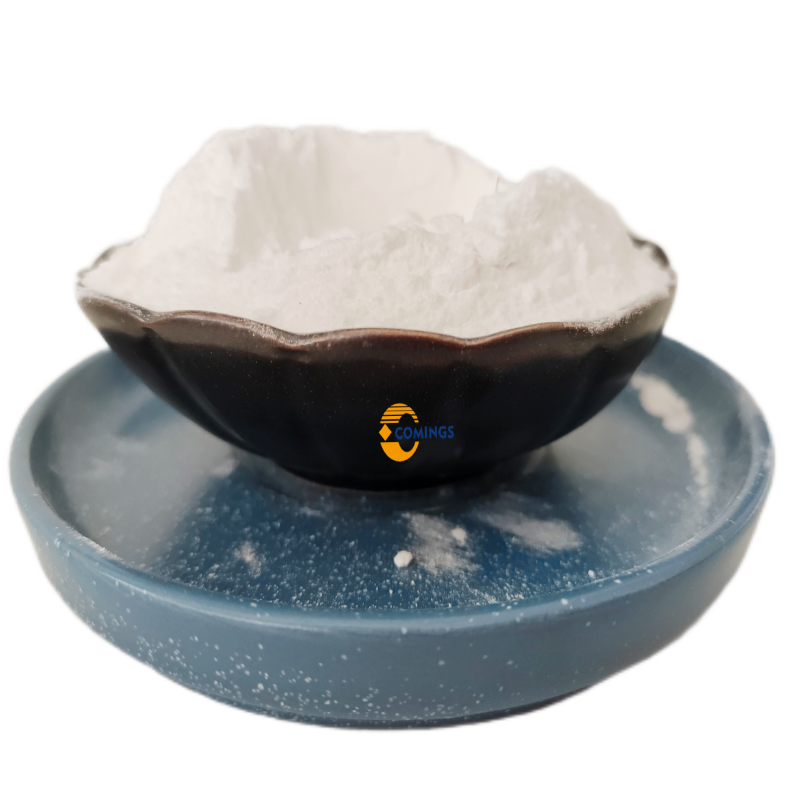-
Categories
-
Pharmaceutical Intermediates
-
Active Pharmaceutical Ingredients
-
Food Additives
- Industrial Coatings
- Agrochemicals
- Dyes and Pigments
- Surfactant
- Flavors and Fragrances
- Chemical Reagents
- Catalyst and Auxiliary
- Natural Products
- Inorganic Chemistry
-
Organic Chemistry
-
Biochemical Engineering
- Analytical Chemistry
-
Cosmetic Ingredient
- Water Treatment Chemical
-
Pharmaceutical Intermediates
Promotion
ECHEMI Mall
Wholesale
Weekly Price
Exhibition
News
-
Trade Service
In recent years, the prevalence of thyroid diseases in China has shown a significant upward trend, and has now become the second largest endocrine disease after diabetes, and "nail function examination" has been listed as a routine clinical examination item
Due to the lack of relevant professional knowledge, when reading the Jia Gong report, many primary doctors only mechanically refer to the normal value range attached to the test sheet to draw conclusions, which often leads to clinical misjudgment
Mistake 1: A mild increase in thyroid function in pregnant women in the first trimester of pregnancy is mistaken for hyperthyroidism
Physiological changes in certain hormones in women during pregnancy can affect thyroid function, the most important of which are human chorionic gonadotropin (hCG) and estrogen (E
Estrogen (E) increases serum levels of thyroid hormone-binding protein (TBG), because 99% of thyroid hormones in the blood are bound to thyroid-binding proteins, so laboratory-measured levels of total thyroid hormones (TT3, TT4) may be slightly elevated, while free thyroid hormones (FT3, FT4) usually remain normal
Mistake 2: Mistakenly believe that the range of normal values of "pregnant" and "non-pregnant" alpha work is the same
As mentioned earlier, the physiological changes in maternal estrogen levels during pregnancy are affected by the increase in maternal estrogen levels, resulting in a slight decrease in TSH in pregnant women, especially in the first trimester, so the range of normal values of thyroid function during pregnancy and non-pregnancy is different
In 2011, the ATA (American Thyroid Association) guidelines first proposed a specific TSH reference value for pregnancy: 0.
Professor Teng Weiping's research in China believes that the normal range of TSH values proposed by ATA may not be suitable for Pregnant women in China, and it is recommended that where conditions permit, the reference value of TSH specific to pregnancy in this region should be used, and hospitals that have unconditionally obtained pregnancy-specific reference values can use the reference values proposed in China's "Guidelines for the Diagnosis and Treatment of Pregnancy and Postpartum Thyroid Diseases", that is, TSH < 4.
It can be seen that to judge whether the maternal A function is normal or not, it is not possible to mechanically apply the reference interval of general adults, otherwise it is easy to draw wrong conclusions
Mistake 3: Applying the "adult hypothyroidism" criteria to screen for "neonatal hypothyroidism"
For the early detection of "congenital hypothyroidism", newborns are required to undergo routine thyroid function screening (plantar blood to measure TSH)
The newborn congenital hypothyroidism screening is usually arranged to be carried out 48h to 72h after birth, at this time as long as the TSH does not exceed 10mIU/L can be considered normal, if you do not understand this, blindly apply the diagnostic criteria for adult hypothyroidism (TSH>5mIU/L), it is bound to make a wrong judgment
Mistake four: The diagnosis is based on "reporting", ignoring the differential diagnosis
In the early stages of pregnancy, some pregnant women in the laboratory test of nail work will often find a mild increase in FT4, tSH mildly reduced, clinical encounters this situation, do not rashly diagnose "Graves disease", but also think of "gestational HCG-associated hyperthyroidism (also known as pregnancy hyperthyroidism)", which occurs with the increase in the production of chorionic gonadotropin (hCG), because hCG and TSH chemical structure is similar, but also can promote the secretion of thyroid hormone (TH), so that FT4 is mildly elevated, Mild decrease in
If the pregnant woman has no previous history of hyperthyroidism, the nail function test is only mildly elevated FT4 and TSH decreased, the thyroid-stimulating hormone receptor antibody (TRAb) is negative, and the HCG level is significantly elevated, it can be basically determined that it is "GCG-associated hyperthyroidism in pregnancy", the course of the disease is transient, and antithyroid drug (ATD) treatment is not required, which is different from
Mistake 5: As long as the thyroid hormone is reduced, it is considered to be "hypothyroidism"
Generally speaking, when hypothyroidism occurs, there are often thyroid hormones (such as FT3, FT4) levels are reduced, but conversely, if there is a decrease in thyroid hormone levels, it is not necessarily hypothyroidism
This is because the elderly, severely malnourished and advanced cachexia patients often have a slight decrease in T3 (or T3, T4) during the test of alpha work, while the TSH is normal or mildly reduced (this is different from "hypothyroidism"), anti-T3 (rT3) is elevated, clinically called "low T3 syndrome" (also known as "normal thyroid pathological syndrome", ESS).
It should be noted that this is not hypothyroidism, but a protective response
of the body to adapt to acute and critical illness.
If this situation is mistaken for "hypothyroidism" and thyroid hormone replacement therapy is given, it will be counterproductive and aggravate
the disease.
Mistake six: Rely entirely on a "thyroid autoantibody test" to determine the cause
Thyroid autoantibodies (such as TPOAb, TGAb, etc.
) are mainly found in various "autoimmune thyroid diseases (AITD)", while Graves hyperthyroidism and Hashimoto's thyroiditis belong to the category
of AITD.
Therefore, these thyroid autoantibodies can be detected in these patients
.
The difference between the two is that the titers of TPOAb and TGAb are higher in patients with Hashimoto's thyroiditis, while the antibody levels are relatively low in patients with Hyperthyroidism in Graves, although TPOAb and TGAb can also be detected
.
Because thyroid autoantibodies are not specific in the diagnosis of diseases, and there is no clear boundary between the antibody titers of the above two diseases
.
Therefore, in clinical diagnosis, antibody titers can only be used as an important reference, and sometimes combined with alpha work, iodine 131 rate or thyroid fine needle puncture cytology for comprehensive judgment
.
Mistake Seven: Changes in thyroid hormone (TH) and thyroid-stimulating hormone (TSH) are always in sync
The dynamic balance of the "hypothalamic-pituitary-thyroid axis" is finally achieved through feedback regulation between thyroid hormones (TH, including T3, T4) and thyroid-stimulating hormone (TSH), but this requires a process of up to several weeks, during which the changes between TSH and T3 and T4 are not completely synchronized: in general, after hypothyroidism is replaced with TH preparations, it takes 4 to 6 weeks to normalize blood TSH; After hyperthyroidism is treated with ATD, it takes 2 to 6 months for the blood TSH to return to normal
.
Prior to this, the concentration of blood T3, T4 and TSH will be contradictory, T3, T4 has been normal, and TSH is still high (such as hypothyroidism) or low (such as hyperthyroidism), this seemingly contradictory result, not laboratory test results are inaccurate, but because there is a time difference between the balance between the two, understanding this is of great significance
to evaluate the treatment effect and guide drug adjustment.
For example, after a period of drug treatment in patients with hyperthyroidism, FT3 and FT4 have dropped to normal, but due to the obvious lag in TSH changes, the test results are still low, and the adjustment of drugs at this stage can not only look at TSH, but should be based on FT3, FT4 level combined with clinical symptoms to make a decision
.
Mistake Eight: Insufficient understanding of the limitations of TSH clinical applications
TSH is the most sensitive indicator
of thyroid function.
When the patient's thyroid function is abnormal, TSH is often changed before T3 and T4, so the determination of TSH is of great value
for the diagnosis of "subclinical hyperthyroidism" or "subclinical hypothyroidism".
However, TSH also has certain limitations in reflecting thyroid function, and serum TSH should not be used as an indicator of thyroid function for central nail function abnormalities secondary to the pituitary gland or hypothalamus
(such as "central hyperthyroidism" or "central hypothyroidism").
In short, as a clinician, you must understand the scope of application and limitations of the various indicators of Jia Gong, and when interpreting the Jia Gong report, you must pay attention to the combination of the patient's medical history and other related examinations, to make a comprehensive analysis and judgment, and cannot make a rash diagnosis conclusion
just according to the normal value range attached to the laboratory test.







